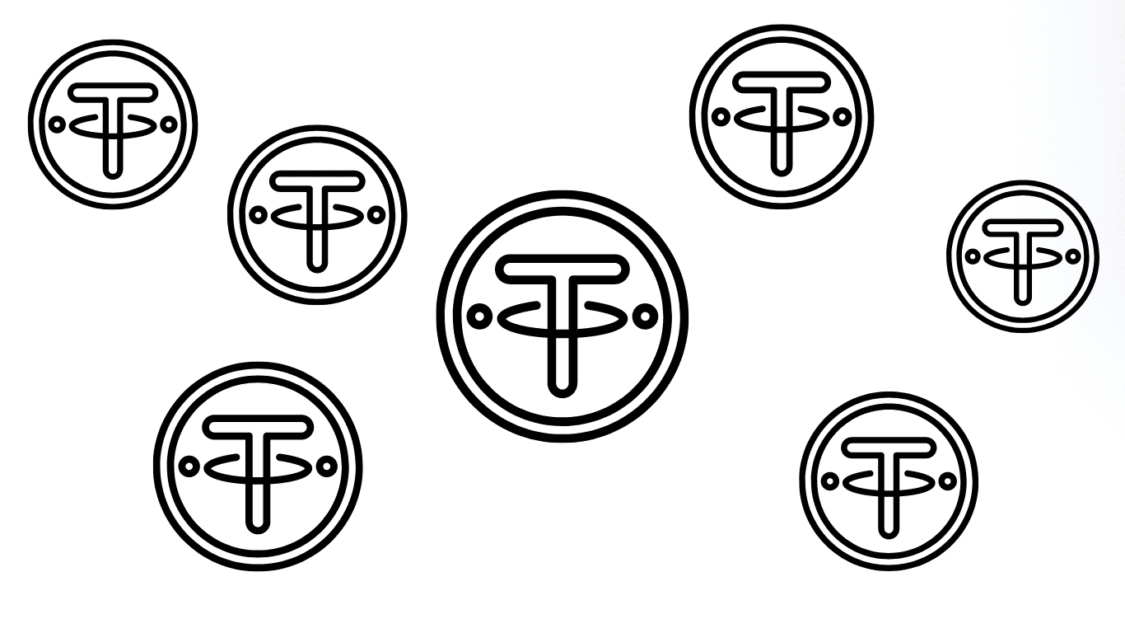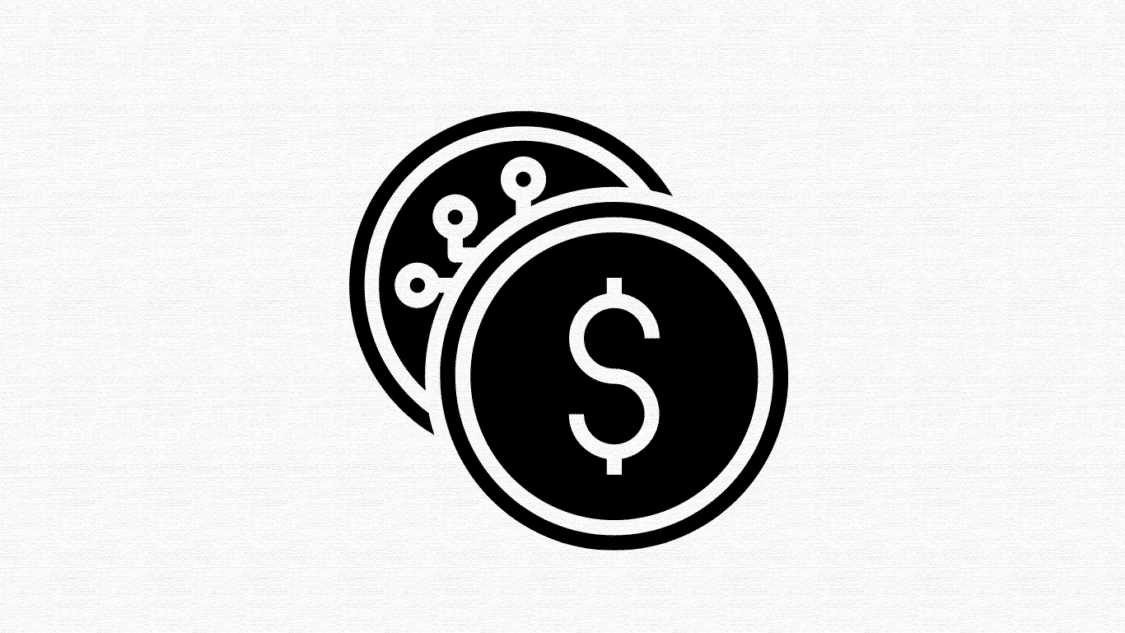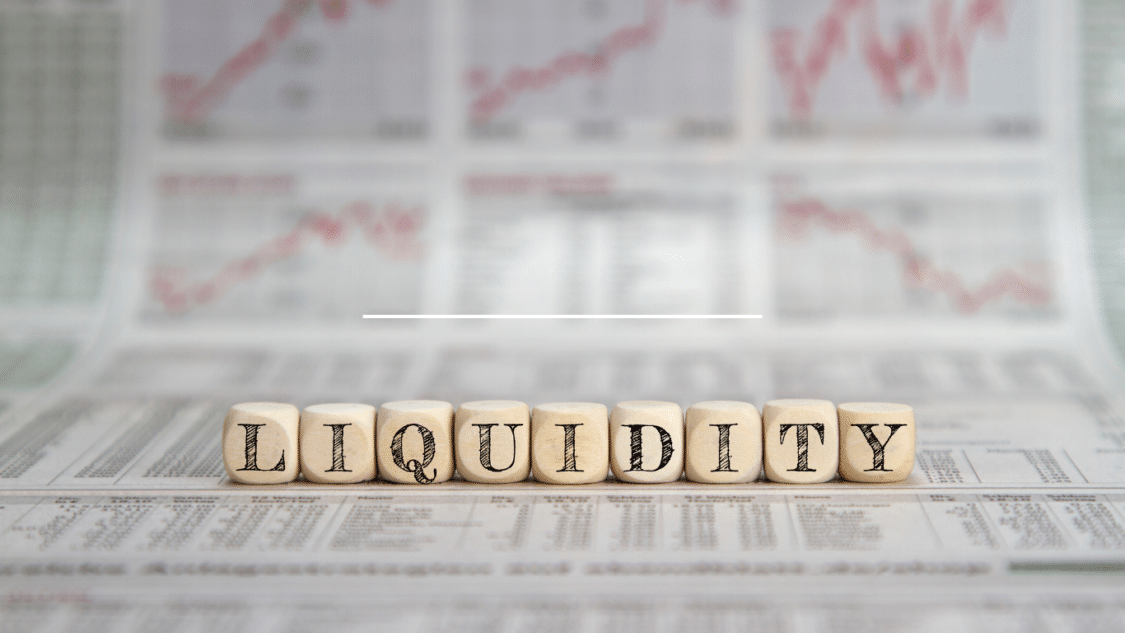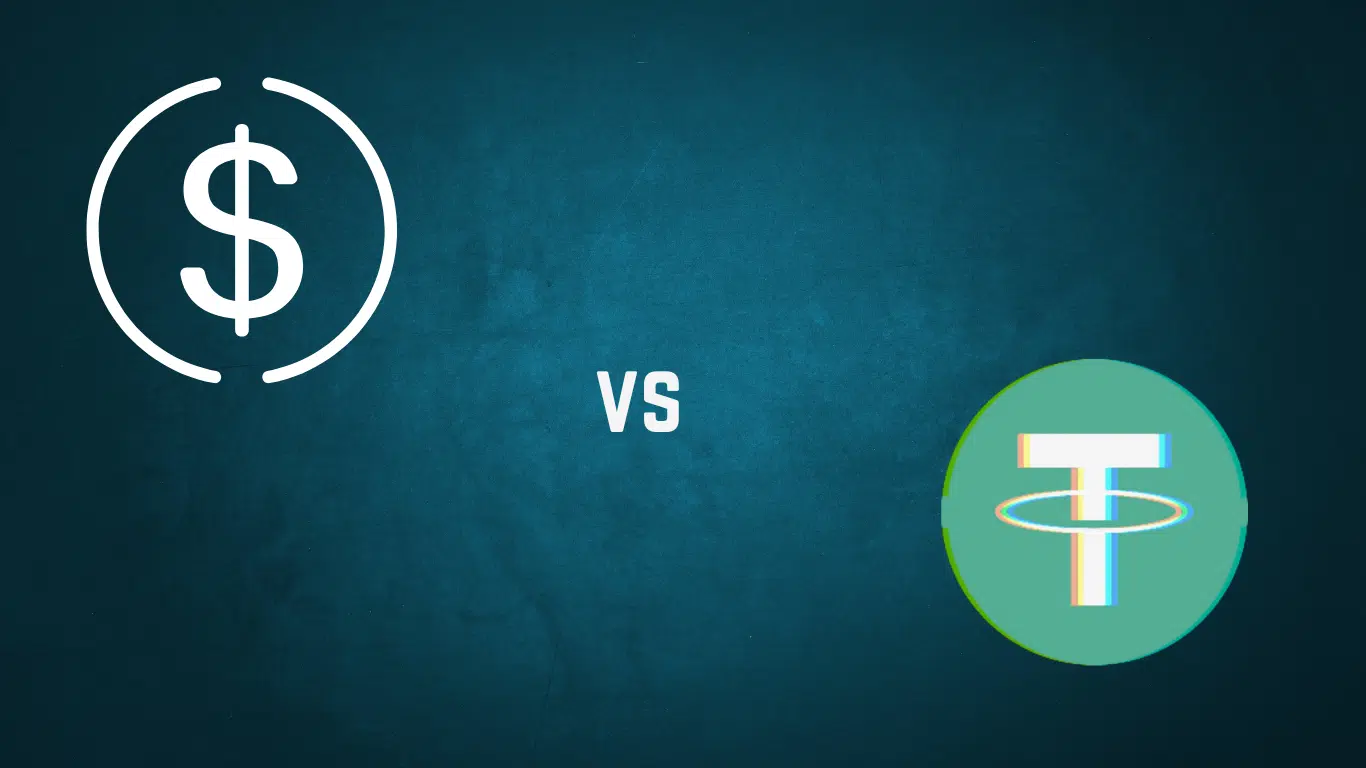- What are USDC and USDT?
- What are the main differences between USDT and USDC?
- How are USDC and USDT backed?
- Transparency and Regulation of USDC:
- Transparency and Regulation of USDT:
Interested in learning the difference between USDC vs USDT. Stablecoins have become prominent cryptocurrency players, offering stability and reliability in an otherwise volatile market. These assets are designed to hold a stable value by being pegged to a reserve asset, like fiat currency or a commodity. In this in-depth analysis, we will delve into two popular stablecoins: USDC and USDT, and explore their similarities, differences, use cases, stability, transparency, and regulation.
What are USDC and USDT?

USDC, short for USD Coin, is a stablecoin developed by the Centre Consortium, a collaboration between Circle and Coinbase. It is an ERC-20 token built on the Ethereum blockchain and is backed by a one-to-one reserve ratio of US dollars. USDT, or Tether, is another stablecoin pegged to the US dollar. It was one of the first stablecoins to enter the market and was issued by Tether Limited. USDT exists on multiple blockchains, including Ethereum, Tron, and Omni, but most of its supply is on the Ethereum blockchain.
What are the main differences between USDT and USDC?
While both USDC and USDT aim to provide stability, there are several key differences between the two stablecoins. One significant difference lies in the transparency and regulation of their issuance. USDC has gained a reputation for being more transparent, as it undergoes regular audits by a top accounting firm to ensure that the US dollar reserves match the circulating supply. On the other hand, USDT has faced criticism for its lack of transparency and has been subjected to regulatory scrutiny.
Another notable distinction is the blockchain on which each stablecoin operates. USDC is an ERC-20 token on the Ethereum blockchain, which offers advantages such as interoperability with numerous decentralized applications (dApps) and a vibrant ecosystem. USDT, on the other hand, exists on multiple blockchains, providing users with flexibility but potentially increasing complexity.
How are USDC and USDT backed?
One of the crucial factors of a stablecoin is its stability and the backing it receives. USDC has built a reputation for maintaining a stable value due to its strict adherence to a one-to-one reserve ratio of US dollars. This means an equal amount of US dollars is held in reserve for every USDC token in circulation. This backing instils confidence in users, as they know that their USDC holdings are always redeemable for US dollars at a predictable value.
While USDT is also pegged to the US dollar, there have been concerns regarding the stability and backing of this stablecoin. Tether Limited claims that each USDT token is backed by one US dollar, but the lack of regular audits and transparency has raised doubts among users and regulators. The company has faced accusations of using funds from other sources to back the stablecoin, leading to concerns about its actual value and stability.
Transparency and Regulation of USDC:

Transparency and regulation play a vital role in the trustworthiness of stablecoins. USDC has taken steps to ensure transparency by conducting regular audits of its reserves. Top accounting firms perform these audits, making the results publicly available. Furthermore, USDC operates under the oversight of the Centre Consortium, which ensures compliance with regulatory requirements, such as anti-money laundering (AML) and know-your-customer (KYC) procedures.
Transparency and Regulation of USDT:
In contrast, USDT has faced criticism for its lack of transparency. Tether Limited has not provided regular audits of its reserves, leading to concerns about the actual value of the stablecoin. Additionally, the company has been the subject of regulatory investigations, raising questions about its compliance with regulations. The lack of transparency and regulatory oversight has caused some users and institutions to be cautious when dealing with USDT.
Use Cases and Adoption of USDC:
USDC has gained significant traction in various use cases within the cryptocurrency ecosystem. It is widely used as a trading pair on cryptocurrency exchanges, providing a stable base for trading against other volatile cryptocurrencies. Additionally, USDC has found adoption in decentralized finance (DeFi) applications, where it serves as collateral for loans, liquidity provision, and yield farming. The transparency and regulatory compliance of USDC have made it an attractive choice for individuals and institutions looking for stability and reliability.
Use Cases and Adoption of USDT:
Despite concerns about its transparency and stability, USDT remains one of the most widely adopted stablecoins in the market. Due to its widespread availability and acceptance, it is often used as a bridge between fiat and cryptocurrencies. USDT is also commonly used for trading and liquidity provision on exchanges. However, the low transparency and regulatory oversight have caused some institutions to be more cautious when using USDT compared to other stablecoin alternatives.
Comparing Liquidity and Trading Volume of USDC vs USDT:

Liquidity and trading volume are crucial factors to consider when assessing the usability and attractiveness of stablecoins. USDT currently holds a significant advantage over USDC regarding liquidity and trading volume. Its long-standing presence in the market and wide acceptance have made it the go-to stablecoin for many traders and investors. However, USDC has been steadily gaining momentum and has seen significant liquidity and trading volume growth, making it a strong contender in the stablecoin market.
Risks and Concerns Associated with USDC vs USDT:
It is essential to highlight the risks and concerns associated with USDC and USDT. While USDC has demonstrated transparency and regulatory compliance, there is always a risk of regulatory changes or legal challenges that could impact its stability and usability. USDT, on the other hand, faces ongoing concerns regarding its lack of transparency and potential regulatory issues. These risks could lead to a loss of confidence in the stablecoin and affect its overall value and adoption.
What are the future plans and developments for USDC vs USDT, and how will they affect their adoption, innovation, and competition?
USDC seeks to become a full-reserve national commercial bank, subject to supervision and risk management rules set by the Federal Reserve, the Office of the Comptroller of the Currency (OCC), the U.S. Treasury, and lastly, the Federal Deposit Insurance Corporation (FDIC).
USDC would become the first crypto-native bank with a national charter and a high degree of regulatory compliance and transparency. USDC also intends to expand its issuance over several blockchain networks, including Ethereum, Algorand, Stellar, and Solana, to improve interoperability and scalability.
USDT intends to maintain its supremacy as the largest stablecoin by market capitalization and trading volume, utilizing its widespread acceptance and integration with multiple crypto platforms and apps. USDT also intends to increase its openness and audibility by giving more regular and thorough evidence from third-party organizations to verify its reserve backing. USDT also wants to spread its issuance over different blockchain networks, including Ethereum, Tron, Omni, EOS, and Liquid, to boost compatibility and accessibility.
In the rapidly expanding stablecoin industry, estimated to reach $1 trillion by 2023, USDC and USDT face challenges. They will face challenges from other stablecoins, including USD Coin (USDC), Dai (DAI), TerraUSD (UST), Binance USD (BUSD), and Gemini Dollar (GUSD), as well as possible central bank digital currencies (CBDCs) like the digital yuan or digital euro. They must also adhere to the changing regulatory and legal frameworks in various countries such as the United States, Europe, China, and India. They will also need to innovate and adapt to the shifting demands and tastes of their crypto ecosystem consumers and partners.
Is USDC better than USDT?
The question of whether USDC or USDT is the better option varies for everyone. It is difficult to say whether USDC is better than USDT because both stablecoins have advantages and disadvantages, just like any asset. One of the essential elements that may influence your choice is their integrity regarding their reserves and audits.
Usdc is backed by US dollars, kept in regulated institutions, and certified by reputable accounting firms. However, USDT has been accused of not having adequate reserves to maintain its tokens and failing to offer transparent audits to establish its financial stability. Another element that may affect your choice is their availability on various exchanges and platforms.
Another factor influencing your choice between the two is their availability on platforms and exchanges. USDT has the most volume and liquidity among all stablecoins, making it more generally accepted and traded than USDC. USDC, on the other hand, is supported by only a few exchanges, including Coinbase Pro and Poloniex. A third consideration may be how quick and inexpensive they each are. USDC has the advantage of being an ERC-20 token that operates on the Ethereum network, which means it can use Ethereum’s quick and low-cost transactions. USDT is an Omni Layer token that works on the Bitcoin network, making it susceptible to Bitcoin’s slow and costly transactions.
Conclusion: Which Stablecoin is Better – USDC or USDT?
Deciding which stablecoin is better, USDC or USDT ultimately depends on individual preferences and risk tolerance. USDC offers higher transparency, regulatory compliance, and confidence in its stability due to regular audits and strong backing of US dollars. On the other hand, USDT has established itself as a widely accepted stablecoin with high liquidity and trading volume, despite concerns about transparency and regulatory oversight. Both stablecoins have their strengths and weaknesses, and users should carefully consider their specific use cases and risk tolerance before choosing one over the other.
In conclusion, the battle between USDC and USDT showcases the evolving landscape of stablecoins and the importance of transparency, stability, and regulatory compliance. As the demand for stable digital assets continues to grow, both USDC and USDT will likely play significant roles in the cryptocurrency ecosystem, serving different user needs and preferences.

